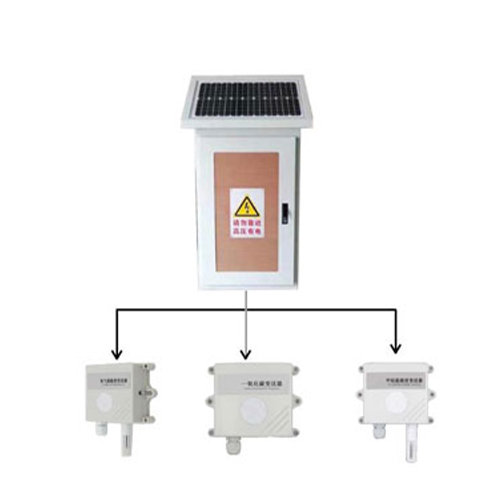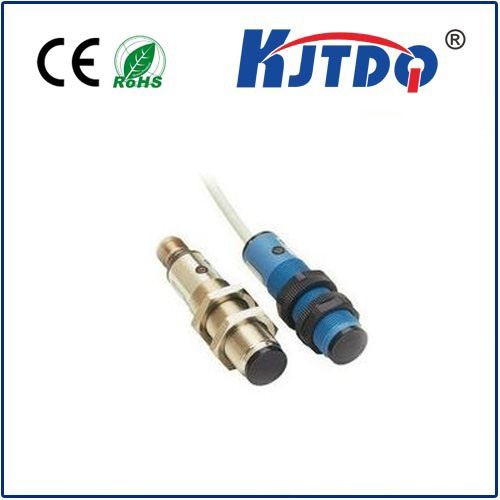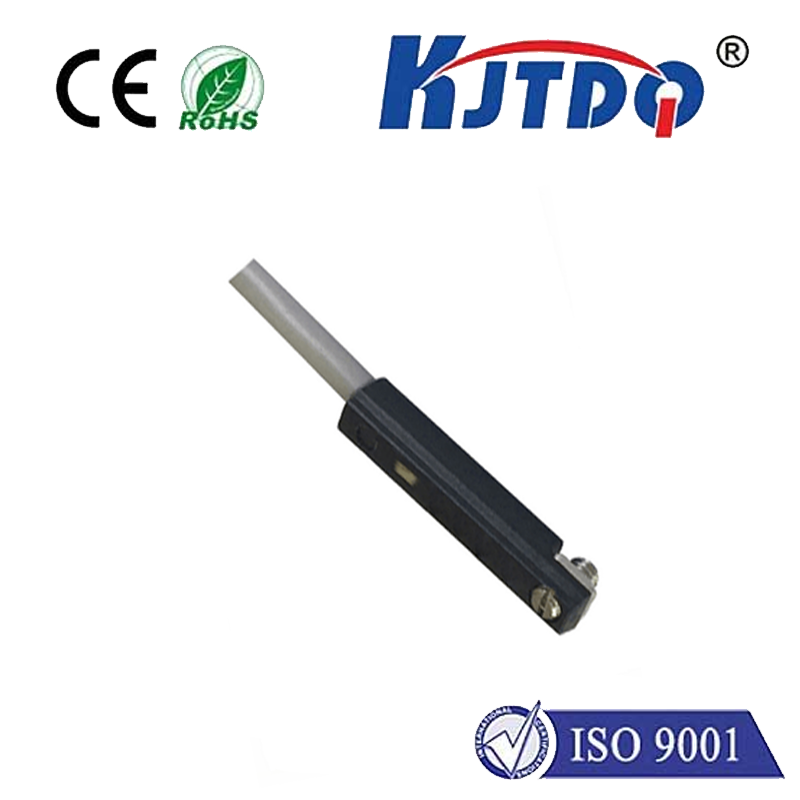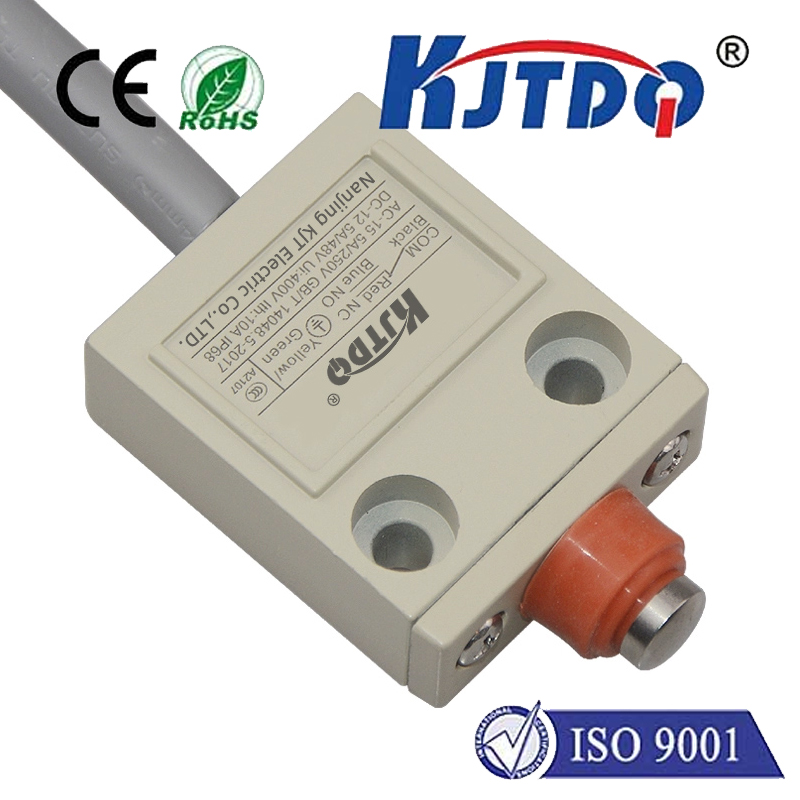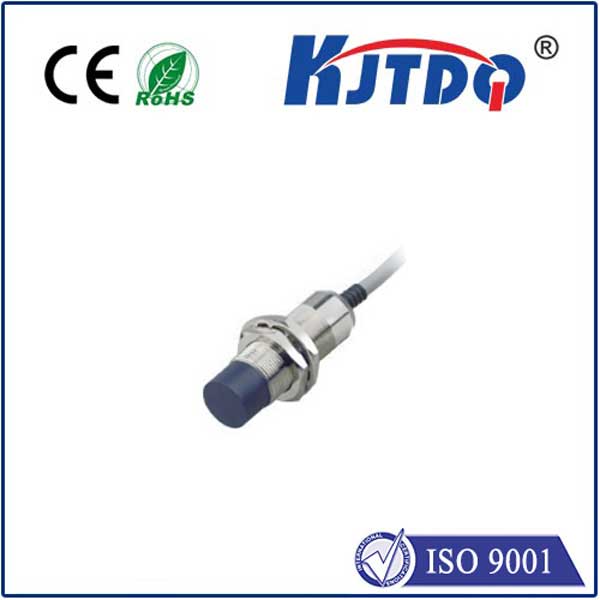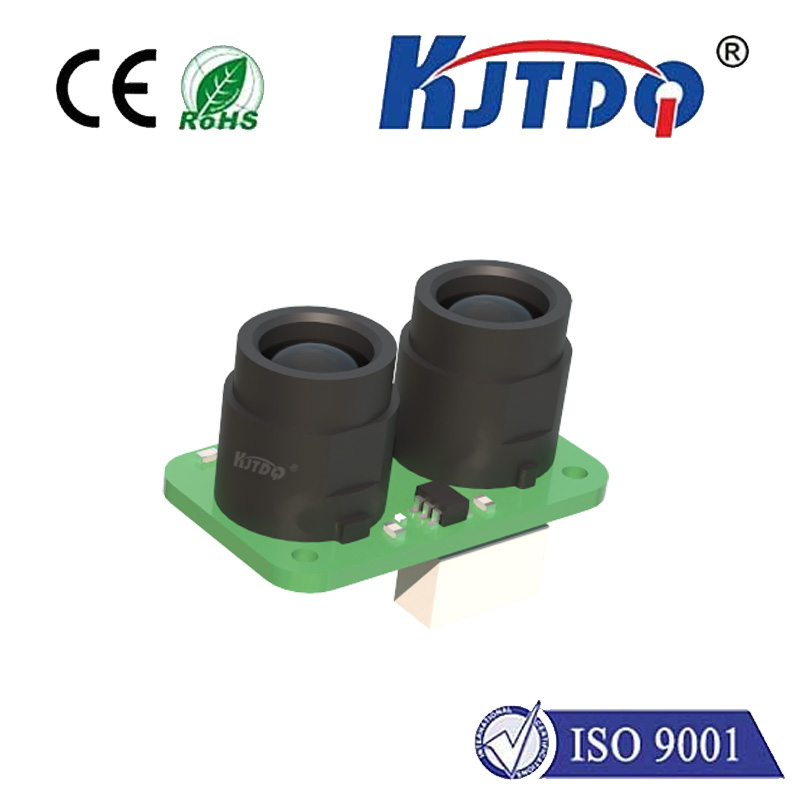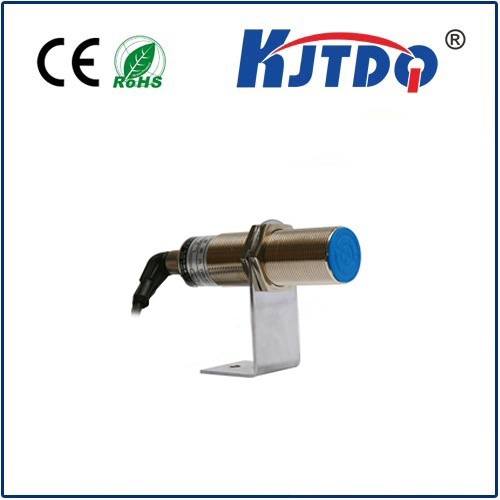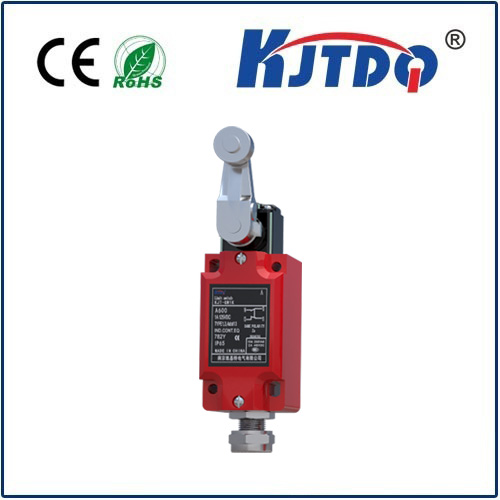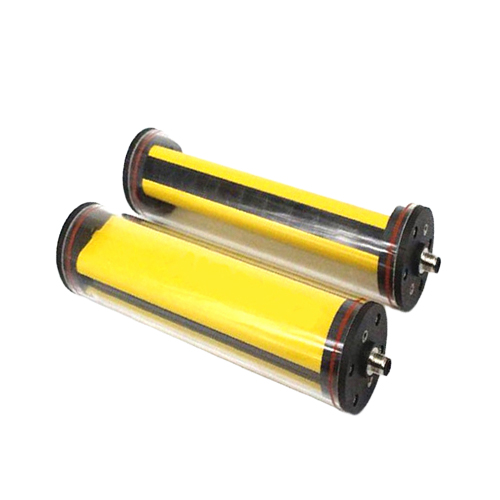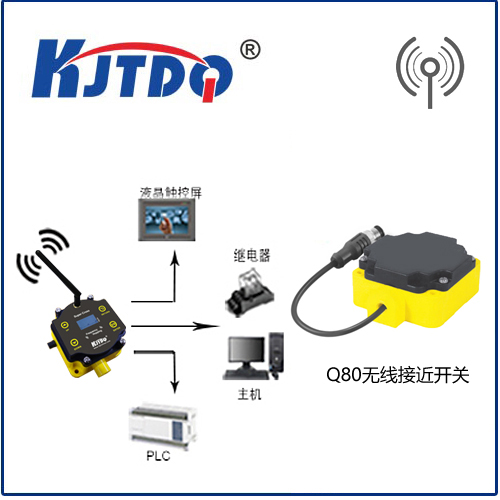2 wire photocell photoelectric sensor
- time:2025-09-10 20:48:41
- Click:0
The Unassuming Powerhouse: Why 2-Wire Photocell Sensors Reign in Simplicity and Cost
In the intricate dance of industrial automation, security systems, and everyday lighting control, a small and often overlooked component silently orchestrates countless tasks: the photoelectric sensor. But among the diverse types available, the 2-wire photocell sensor stands out as a beacon of elegant simplicity. Forget complex wiring schematics and dedicated power supplies; this unassuming device operates under a fundamentally straightforward principle, offering robust performance where complicated setups are impractical or cost-prohibitive. Understanding its core functionality and ideal applications reveals why this mature technology remains a vital player in modern sensing.
Unlike their more complex 3-wire photoelectric sensor counterparts that require separate power (typically +V and 0V) and a distinct output signal wire, the 2-wire photocell ingeniously combines power and signal onto a single pair of wires. Think of it as analogous to a standard light switch controlling a bulb, but operating automatically based on light. Its genius lies in its inherent simplicity for installation and significant cost savings. This design makes it particularly attractive for retrofitting existing systems or deploying sensors in large numbers where minimizing wiring complexity and expense is paramount.

So, how does this seemingly magical two-wire operation actually work?
- Integrated Load Switching: The core function of a 2-wire sensor is to act as a switch in series with the load it controls. There is no separate, isolated output circuit. The sensor itself becomes part of the power path to the load (like a relay, contactor, solenoid valve, or indicator lamp).
- Current Sinking Operation: When the sensor’s light-sensitive element (often a phototransistor or photodiode) detects the target condition (e.g., absence of light for dark-on operation, or presence of light for light-on operation), it internally completes the circuit. Essentially, it allows current to flow from the positive supply rail, through the load, and into the sensor itself, which then connects to the negative (0V) rail, completing the path.
- The Voltage Drop Reality: This operational mode introduces a key characteristic: voltage drop. Because the sensor is in the circuit and requires some current to power its internal electronics, a small voltage appears across its terminals when active (typically 1.5V to 3.5V). This voltage is not supplied to the load. Consequently, the load receives the supply voltage minus this sensor drop. For example, with a 24V DC supply and a sensor drop of 2V, the load effectively sees 22V. This must be carefully considered when selecting compatible loads, especially sensitive electronics or low-voltage devices.
- Off-State Leakage: In its inactive state (“switch open”), a tiny residual current (leakage current) may still flow. While usually negligible for higher-power devices like motors or contactors, it can cause issues like LED pilot lights glowing faintly when they should be off. Understanding the sensor’s leakage specs is crucial for these scenarios.
The inherent advantages of 2-wire photocell sensors translate into compelling use cases:
- Cost-Effective Large-Scale Deployments: In applications requiring numerous sensors (e.g., extensive conveyor belt monitoring, large-area lighting control grids), the reduced cost per unit and simplified wiring infrastructure offer substantial savings. Fewer wires mean lower material costs and drastically reduced installation labor/time.
- Retrofitting Legacy Systems: Adding automation to existing machinery often means limited space for new conduits or control cabinets. The simple wiring of a 2-wire sensor, often connecting directly in place of a manual switch or into existing power feeds, makes integration seamless without major rewiring.
- Space-Constrained Installations: Where control cabinet space is at a premium, eliminating the need for separate power supplies or complex interface modules for multiple sensors is a significant benefit.
- Basic On/Off Control: For applications demanding straightforward presence/absence detection (e.g., turning lights on at dusk/off at dawn, detecting a box on a conveyor, triggering a gate), 2-wire models provide a robust and reliable solution. Their simplicity often translates directly to higher reliability.
- Safety Interlock Circuits: Their direct switching nature can be advantageous in certain safety-related applications where circuit simplicity enhances reliability, though safety standards must always be rigorously followed and specific safety-rated components used where mandated.
However, it’s vital to acknowledge their limitations compared to 3-wire photoelectric sensors:
- Voltage Drop: As discussed, the inherent voltage drop means they are generally unsuitable for powering sensitive electronics directly or devices requiring the full supply voltage at low currents.
- Leakage Current: Potential issues with keeping latching circuits off or dimly glowing LEDs require careful load selection or mitigation strategies.
- Reduced Load Options: Compatibility is primarily with AC or DC loads that can tolerate the voltage drop and are typically higher impedance/higher power (like relay coils, contactor coils, motor starters, incandescent lamps, some solenoids). Low-power DC loads or complex electronic devices are poor candidates.
- Limited Output Types: Generally restricted to simple switch functionality (NO or NC). 3-wire sensors offer more sophisticated outputs (PNP/NPN sourcing/sinking) and often higher switching speeds and currents.
- Lower Switching Capacity: The internal switching electronics typically handle lower currents than dedicated mechanical relays or robust 3-wire solid-state outputs.
Key Considerations When Using 2-Wire Photocells:
- Load Compatibility: Always verify the load’s minimum operating voltage, holding current, and sensitivity to leakage current against the specifications of the chosen 2-wire sensor. Consult datasheets meticulously.
- Supply Voltage: Ensure the supply voltage is compatible with both the sensor’s operating range and, crucially, the load’s requirements after accounting for the sensor’s voltage drop.
- AC vs. DC: Select a sensor explicitly designed for AC, DC, or universal supply. Operation on the wrong type will likely damage the sensor.
- Sensor Mode: Choose the correct operating mode (Light-On or Dark-On) for your application. This defines whether the switch closes when light is detected or when darkness is detected.
- Residual Current Mitigation: For leakage issues, adding a bleeder resistor in parallel with the load can often dissipate the leakage current sufficiently to prevent unwanted activation of sensitive devices.
The 2-wire photocell photoelectric sensor represents a triumph of practical engineering. Its enduring popularity is a testament to the power of simplicity. While newer technologies offer advanced features, the robustness, cost-effectiveness, and installation ease of the 2-wire design ensure it remains the go-to choice for countless applications where reliable, fundamental on/off control based on light presence or absence is the core requirement. From automating street lights to safeguarding machinery operations, this unpretentious sensor continues to prove that sometimes, two wires are all you need to get the job done reliably and efficiently. As systems grow smarter, the 2-wire photocell often serves as the reliable, simple interface bridging the physical presence of objects or light levels to the broader automated network.






